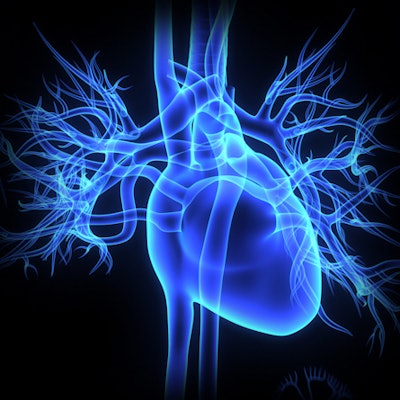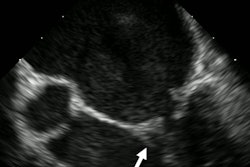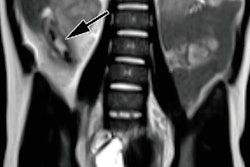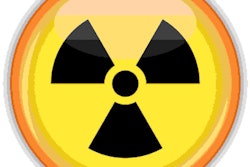
A catheter-based ultrasound technique can measure heart function in children undergoing surgery with similar effectiveness as the more traditional method of inserting a probe around the patient's aorta, according to a study published online March 18 in Anesthesiology.
Cardiac output is a key vital sign monitored in surgical patients, but tracking it via physical examination of critically ill children can be inexact, particularly since the methods used are adapted from adult patients, wrote a team led by Dr. Theodor Sigurdsson of the University Hospital of Lund in Sweden. Using ultrasound for this purpose shows promise.
"The hypothesis of the study is that blood dilution detected by ultrasound is comparable with the reference method, perivascular flow probe around the aorta to determine cardiac output," the group wrote.
The study included 43 children between the ages of 1 month and 44 months who underwent corrective cardiac surgery. The children's heart function was evaluated both with a traditional perivascular flow probe and with a minimally invasive ultrasound technique that used catheters in their jugular veins and radial arteries to measure blood dilution following saline injection. After surgery, the patients underwent five consecutive cardiac measurements using both methods.
The ultrasound sensors showed a similar precision for measuring cardiac output when compared with the results obtained using the perivascular flow probe, the group found. The mean value for cardiac output measured by ultrasound was 1.28 L/min, while the mean value for cardiac output measured by perivascular flow probe was 1.20 L/min.
The technique is promising because it is easy to use with children who have these catheters already in place for surgery, Sigurdsson said in a statement about the study released by the American Society of Anesthesiologists (ASA).
"Our results demonstrate that this technology was not only easily adaptable in young children but also very accurate and precise," he said.
But more research is needed, and the technology for monitoring cardiac output in children needs to develop, according to an accompanying editorial written by lead author Dr. Christine Trieu and colleagues from the University of Los Angeles (UCLA) Medical Center.
"Despite the encouraging results from this study, there are still many challenges in developing the ideal cardiac output monitor for pediatric patients," Trieu et al wrote. "The perfect pediatric cardiac output monitor would have to be size unlimited, accurate, reproducible, continuous, have a rapid response time, [be] noninvasive, user-friendly, operator independent, [and] cost-effective. ... No such device is in existence for either adult or pediatric patients yet. However, if we can overcome ... an unfavorable industrial interest and strict research constraints ... then innovation will surely drive the invention of such a device in the future."




















